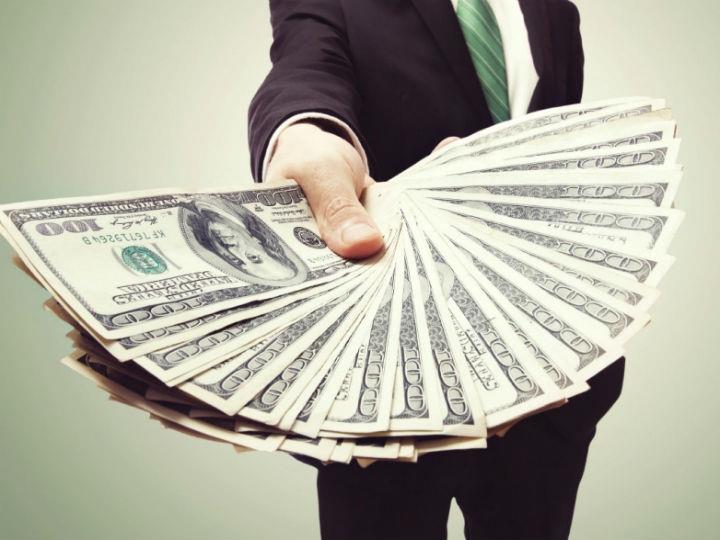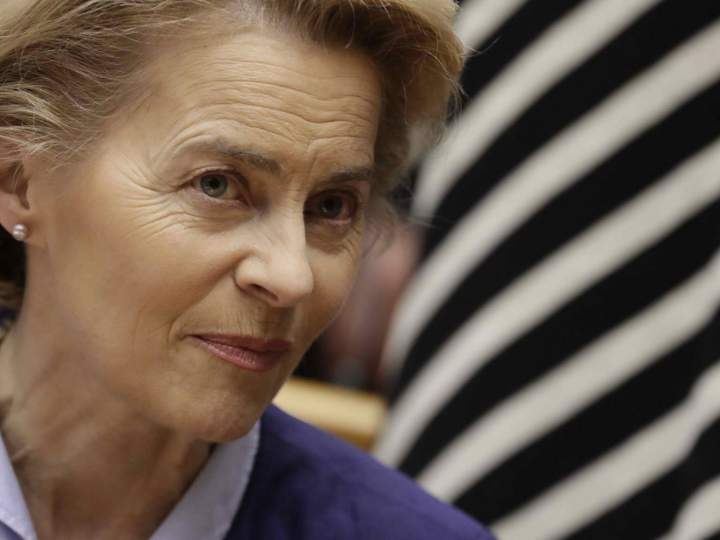by Dimitrije Ruzic*
Among the alleged ills of globalisation, few have dominated the headlines in the past decade as much as worsening inequality. From the Occupy Wall Street movement to the rise of US Senator Bernie Sanders and President Donald Trump, the resurgence of nationalism in Europe and South America, to burgeoning populism in much of Asia, the yawning rich-poor gap looms large, be it in the forefront or background.
Existing economic research does not draw a clear link between globalisation of trade and the income of the very rich. Researchers usually focus on the wage difference between skilled and unskilled workers in the economy, or what is termed the “skill premium”. However, this premium cannot easily explain the income of the richest of the rich, the top 0.1%, whose earnings usually consists of executive compensation, business profits and capital gains.
Lin Ma of the National University of Singapore and I sought to fill some of this knowledge gap of the interplay of globalisation and top income shares, a subject that is becoming increasingly important in the design of public policies around the world. Our paper examines how globalisation shapes the income gap between the ultra-rich and the rest of the population.
We found that inequality in firms in the United States – measured as the difference between CEO compensation and the average wage in the rest of the firm – was 50 percent larger among firms that exported overseas compared to those that sold only domestically. We showed that this larger inequality came from export-driven growth: With globalisation, the exporters increased in size and became more unequal in terms of compensation. This globalisation-driven increase in inequality accounts for 44 percent of the income surge for the very top earners in the US.
The exporter premium
For this project, we combined firm-level data from three sources: tax records from the US Internal Revenue Service combined with the US Census Bureau detailed each firm’s payroll expenses; data from the US Border Customs provided firm-level exports; and data from Standard & Poor’s described executive compensation. Our matched firm-level data comprised 17,233 firm-year observations between 1992 and 2007, with 2,561 unique firms. The combined dataset covered around half of US public firms, and about three quarters of those firms exported abroad.
With this new dataset, we documented how globalisation disproportionately benefits the top executives relative to the workers within the same firm. We found that the CEO-to-worker pay ratio was 50.7 percent higher among exporters than among non-exporters, rising to 73.3 percent in the manufacturing sector. A 1 percent increase in firm exports was associated with a 0.12 percent increase in within-firm inequality.
We then showed that this “exporter premium” for within-firm inequality is mediated through firm size: Exporters in our study had a higher CEO-to-worker pay ratio precisely because they were larger than non-exporting firms. A 1 percent increase in headcount was associated with a 0.39 percent higher CEO-to-worker pay ratio. More to the point, when firms of similar headcount were compared, the “exporter premium” disappeared.
The “exporter premium” highlights the role that globalisation plays in shaping inequality at the very top of the US income distribution. Without globalisation many of the large firms would not have been able to grow to the size that we observed in the data. As these firms grew in exports, total sales and profits, so did their CEO compensation. However, this export-driven growth did not translate into similar wage growth for workers in those firms.
The China connection
Yet all that could well have been mere coincidence. Other forces – rather than globalisation – could have been behind the observed correlation of inequality with export behaviour. To provide more direct evidence, we also studied the impact of China joining the World Trade Organisation in 2001, an epochal event that would pave the way for China to become the world’s leading trading nation and second-largest economy.
We compared the outcomes of firms that had existing trading ties with China prior to 2001 and firms that did not. As a result of China’s accession to the WTO, China-connected firms exported more, grew larger and more unequal relative to other firms. In the manufacturing sector, the China-connected firms saw a 56.8 percent increase in exports and a 12.5 percent increase in the CEO-to-worker pay ratio. Across all sectors, the increases were 27.6 percent and 7.8 percent, respectively.
But this firm growth did not translate into higher average wages. Employment and payroll grew equally, about 40 percent for manufacturers and 20 percent for all firms on average, suggesting that the average worker’s wage hardly changed. This, in turn, implies that the observed surge in CEO-to-worker pay ratio was driven by the fact that the trade shocks primarily increased executive compensation but not the average wage. The above outcomes were reversed among firms that did not export to China before 2001. Not only did such firms experience reduced employment and payroll relative to those of exporting firms, they also became less unequal.
In the final part of our study, we built a model to quantify the effect of globalisation on top income shares. We found that 44 percent of the change in top income shares in the 20 years to 2008 could be explained by changes in trade volumes and relative productivity. Globalisation might not be the whole story behind rising inequality in the US during that period, but it clearly was a very potent force.
When ‘average’ doesn’t cut it anymore
From the 1980s until the early 2000s, income in the United States grew by 2 percent per year. Amidst this income growth, policymakers pursued globalisation for its promise to boost average prosperity, improve access to goods and services and lower prices. But it has become painfully evident in recent years what is true “on average” is not true for every individual. Globalisation does not affect everyone equally and can actually engender gross inequality. Our research highlights how firms that have access to global markets are a significant part of this worldwide phenomenon.
Policymakers are increasingly aware that it is no longer sufficient to understand what an economic policy can do on average. When policies have different impact across the income distribution, “average” loses the meaning it once had. We now need to think more carefully about the extent to which policies create “winners” and “losers” and about how we can address the resulting imbalances.
Companies concerned about the internal pay gap might look into how compensation is designed. The within-firm inequality we describe comes primarily from the fact that executive compensation is more strongly affected by firm-wide – rather than individual – performance. One possible route to less inequality could entail providing more variable compensation to non-executive workers. The idea would be to spread gains more evenly throughout the firm, rather than concentrating them solely in the hands of top executives, although the latter ought to continue to be rewarded for taking on risks tied to firm performance.
*INSEAD Assistant Professor of Economics
**first published in: knowledge.insead.edu




 By: N. Peter Kramer
By: N. Peter Kramer
